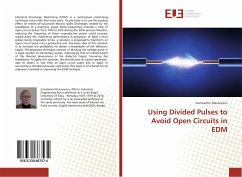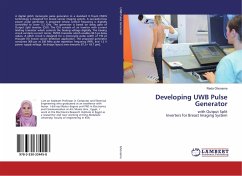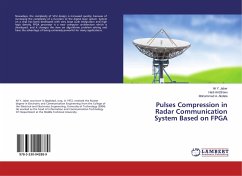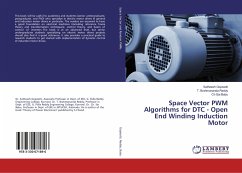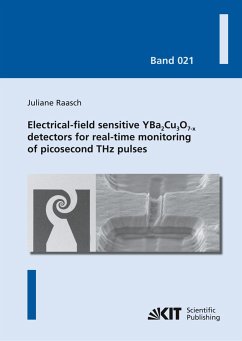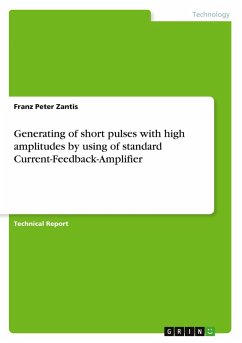Electrical Discharge Machining (EDM) is a well-known machining technique since more then sixty years. Its principle is to use the eroding effect on metals of successive electric spark discharges created by the breakdown of a dielectric liquid. Many researchers indicate a ratio of open circuit pulses from 10% to 35% during the EDM process.Therefor, reducing the frequency of these unproductive pulses could increase significantly the machining performance. A prognosis of open circuit pulses being impossible to do, a solution is proposed to transform an open circuit pulse into a productive one. The basic idea of this solution is to increase the probability to obtain a breakdown of the dielectric liquid. The proposed technique consists in dividing the voltage pulse in a large number of elementary pulses, realising by that an enhancement of the thermal phenomena in the dielectric liquid, favouring the breakdown. To apply this solution, the architecture of a pulse generator, able to detect in real time an open circuit pulse and to apply in succession a divided pulse was conceived. This book is of interest for all engineers involved in improving the EDM techique.

